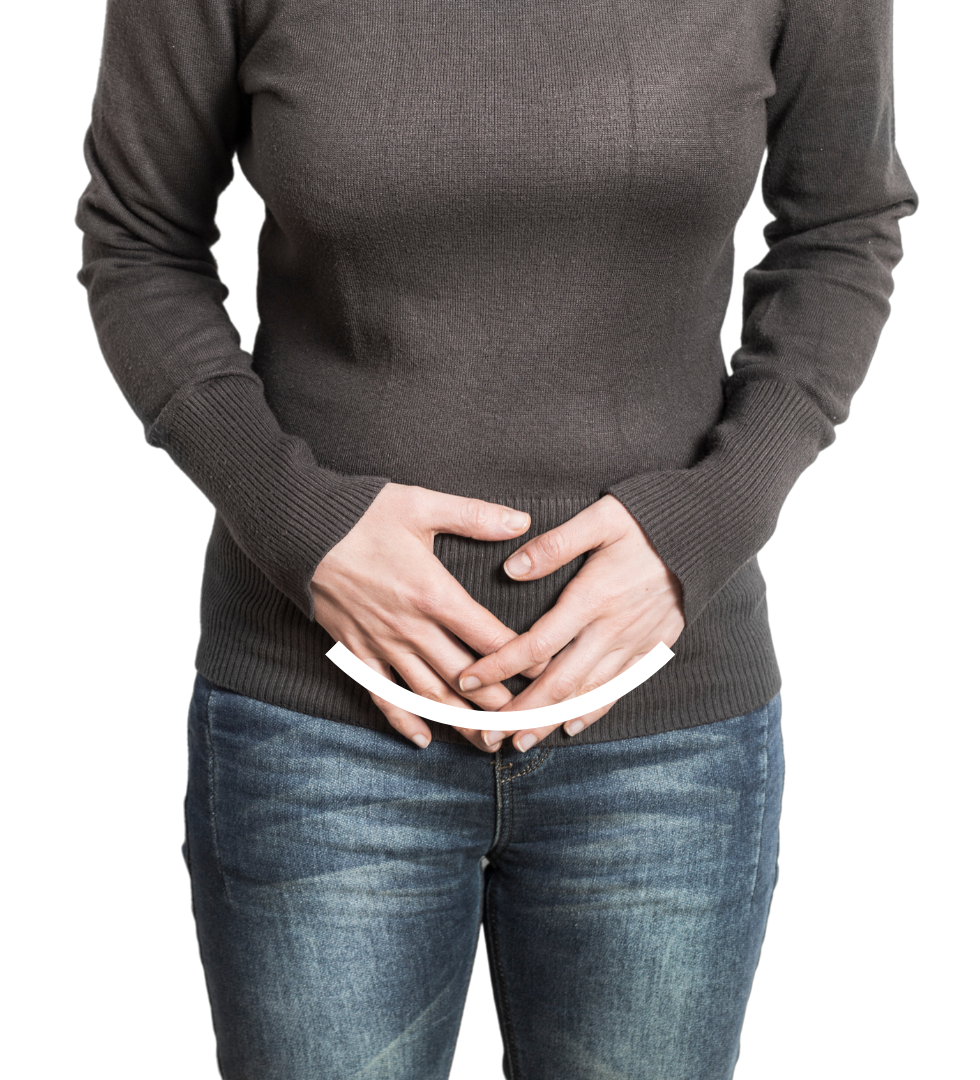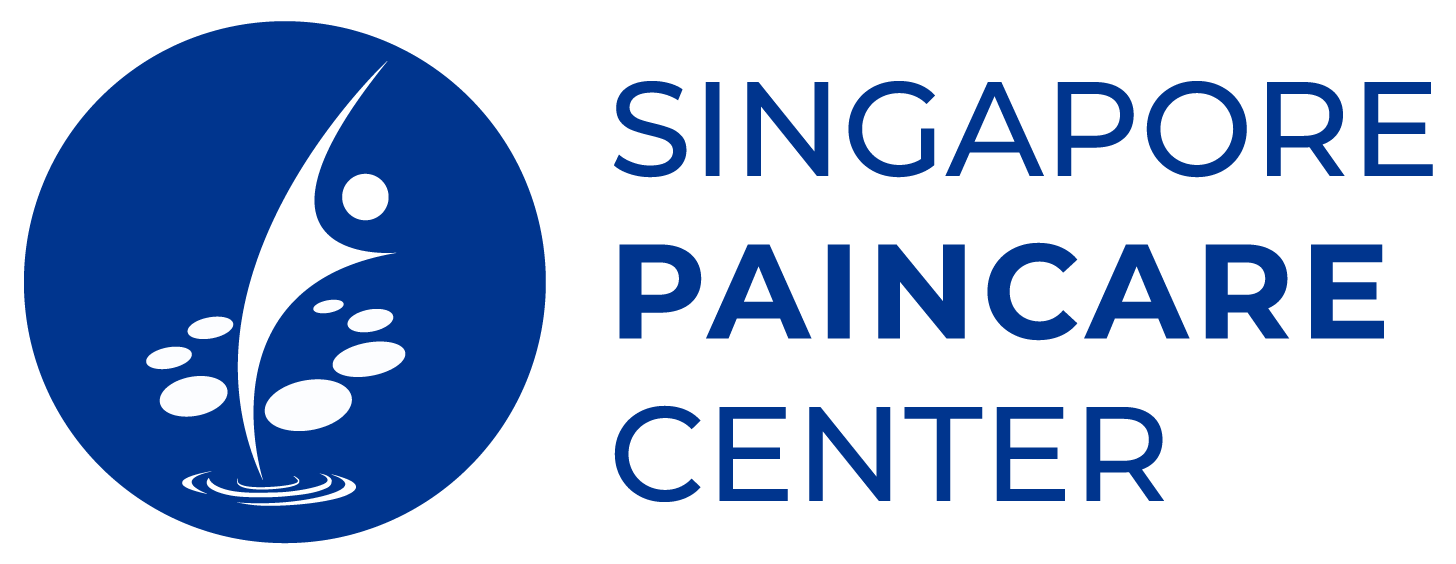Bladder Pain Syndrome / Interstitial Cystitis
About Bladder Pain Syndrome
Bladder pain syndrome also referred to as interstitial cystitis is a chronic bladder condition that causes pain, pressure or discomfort in the bladder and pelvis area. This causes the bladder to become very sensitive as the walls of the bladder become inflamed and irritated.
Some bladder pain syndrome patients may have long-term urinary infections in their bladder that are not detected by current urine tests.

What Causes Bladder Pain Syndrome?
There is still a great deal of uncertainty on the causes of bladder pain syndrome. Medical conditions associated with bladder pain syndrome include:
- Damaged bladder lining
- Allergies
- Infection
- Autoimmune disease
- Vascular disease
This condition affects females more than males 3:1.
Symptoms Of Bladder Pain Syndrome
Pain
Frequent need to pee
Other Symptoms
A Message About Bladder Pain Syndrome
This is a type of chronic pelvic pain. There is pain in the pelvis or between the vagina and anus in women, or pain between the scrotum and anus (perineum) in men.
Interstitial cystitis pain impacts the sufferer in a big way. Night pain interrupts sleep and daytime pain affects the quality of life. This pain does not go away with standard painkillers. It is associated with urge incontinence (up to 20 times a day), and they absolutely cannot hold their urine, causing embarrassment if there were any delays in getting to the toilet. Each time, the amount of urine passed is a small amount. Pain or discomfort while the bladder fills and relief after urinating. It affects sexual intimacy as well as may progress to emotional stress and depression.
Investigations such as bladder cystoscopy may show inflammation of the inner bladder walls, although it can be normal too. It mimics a urine tract infection, but usually, the urine is not infected. There is no simple treatment for interstitial cystitis. It would require multi-modal and multi-disciplinary treatment to manage this type of pain.
Diagnosing Bladder Pain Syndrome
Here at Singapore Paincare, our team of experienced primary care doctors and pain care specialists together with a urologist will evaluate your condition. Bladder Pain Syndrome has similar symptoms to other urinary tract conditions, it requires adequate evidence before a diagnosis can be confirmed. Several tests may be required such as urinalysis, ultrasound, MRI scan or CT scan, cystoscopy or a biopsy of the bladder wall or urethra.
What Treatments Are Available for Bladder Pain Syndrome?
In many instances, non-surgical treatment methods can provide excellent outcomes. At Singapore Paincare, we strive to treat your pain with the least invasive option possible after accurately identifying the cause. Our pain resolution approach focuses on removing pain generators via specialised injection and minimally invasive procedures. Combined with pharmacological treatments, cognitive and physical rehabilitative therapies. We help patients to improve their functions and prevent pain from recurring.
Non-Surgical Treatments for Bladder Pain Syndrome
Psychological Therapy and dietary management
Pharmacotherapy
Our physicians and specialists may prescribe muscle relaxants to keep the bladder from squeezing at the wrong time. Antidepressants and anti-convulsants may also be prescribed not to treat depression but to help relieve the pain from bladder pain syndrome.
Physical Therapy
Coreflex and Nerve block Injection
Our Coreflex injection uses a mix of local anaesthetic, anti-inflammatory and muscle relaxant, which helps to break the pain cycle, reduce inflammation, and improve healing.
Spinal Cord Stimulation
Your sacral nerves are a primary link between the spinal cord and nerves in your bladder. Stimulating these nerves may reduce urinary urgency associated with interstitial cystitis.
With sacral nerve stimulation, a thin wire placed near the sacral nerves sends electrical impulses to your bladder, similar to what a pacemaker does for your heart. If the procedure decreases your symptoms, you may have a permanent device surgically implanted. This procedure doesn’t manage pain from interstitial cystitis but may help to relieve some symptoms of urinary frequency and urgency.
Bladder training
During bladder training, you may learn to control urinary urges by using relaxation techniques, such as breathing slowly and deeply or distracting yourself with another activity.
Surgical Treatment for Bladder Pain Syndrome
Non-surgical treatment and other forms of minimally invasive procedures have been effective for the majority of bladder pain syndrome cases. Surgery is rarely required unless the pain does not respond well to conservative options. As surgery always comes with associated risks, complications and downtime, it may not be suitable for everyone. You should carefully weigh the decision before deciding to go under the knife by considering the pros and cons of both non-surgical methods and surgical reconstruction.
Partial or Total Cystectomy
How Can I Prevent Bladder Pain Syndrome?
There is no known way to prevent bladder pain syndrome, however, you may incorporate these things to help improve your symptoms:
- Reducing stress by staying active, taking warm baths or by doing mindfulness-based meditation techniques
- Staying hydrated throughout the day
- Keeping a food journal and avoiding foods that worsen your symptoms
- Quit smoking
Get Your Pain Resolved
Send your enquiries or consult our pain experts today.


